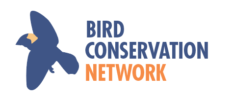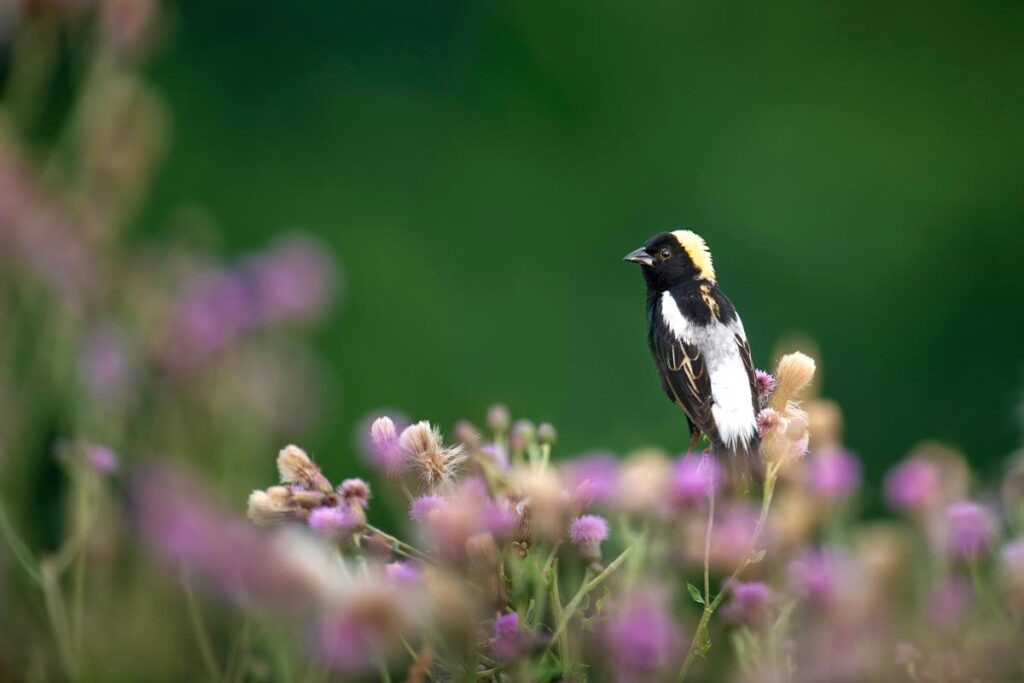Landmark Study Underscores Global Importance of Chicago Region to Dozens of Breeding Bird Species
Comprehensive data set shows mixture of successes and declines across habitat types
CHICAGO, IL June 7, 2022—A 22-year study of breeding birds shows that northeastern Illinois is a stronghold for breeding birds and of global importance for several key avian species. Breeding Bird Trends in the Chicago Region 1999-2020 provides an update on the status of more than 100 nesting species across grassland, shrubland, wetland, and woodland habitats. The report shows that some breeding bird species are stable or expanding, while others face declines.
The Bird Conservation Network (BCN), a coalition of 21 conservation organizations dedicated to the preservation of birds and the habitats they need to survive, collected the data from managed lands within six counties: Cook, Lake, McHenry, DuPage, Kane, and Will. During the 22-year analysis period, volunteer monitors conducted nearly 30,000 surveys across more than 2,000 points annually in June and early July. The surveys followed strict protocols for breeding bird point counts in target habitats in county forest preserves, state parks, and other managed lands encompassing the Chicago Wilderness Region.
“People in Chicagoland tend to forget how unique it is that we have so many green spaces concentrated in the area,” said Eric Secker, President of the Bird Conservation Network. “We found that a lot of birds in Chicago are doing better than the rest of the state and elsewhere in the nation because we have so much land that’s being actively managed and restored.”
The study’s findings reveal a dynamic landscape. For example, birds becoming more common include Sandhill Cranes, Pileated Woodpeckers, and Northern Mockingbirds, while birds previously in decline appear to be stabilizing or showing growth, such as Red-headed Woodpeckers and Henslow’s Sparrows. At the same time, many species are showing distressing declines, such as Ovenbirds, Bobolinks, and certain other grassland species.
“Birds can be good indicators of the overall quality of the habitat in general,” Secker said. “It’s important to remember there are a lot of areas that continue to be developed and under threat.”
One species that stands out is the Henslow’s Sparrow, a secretive bird of dense weedy fields. Henslow’s Sparrows are declining nationally, but they are expanding in northeastern Illinois, by 3.4% per year in BCN’s analysis. The species has benefited from the restoration and creation of tallgrass prairie.
“In no place in the world will you find a greater concentration of Henslow’s Sparrows than in northeastern Illinois,” said Jim Herkert, former Executive Director, Illinois Audubon Society. “It is a globally important landscape for this bird.”
Species analyzed had a minimum of 10 sightings over the period, and important species that did not meet this threshold were therefore not included in the survey results, although they remain of conservation interest to the region. More than 200 volunteers participated in the survey over the years.
“The Bird Conservation Network has been a pioneer in using targeted surveys to better understand birds in a region,” said Chris Wood, Project Leader, eBird, Cornell University Lab of Ornithology, “and influence the way that areas are managed to ultimately increase the populations of species that are declining elsewhere.”
The decline in Bobolinks may be due to their preference for wetter fields, while some practices favor the conversion of hayfields and fallow fields to tall prairie species. Ovenbirds nest in the heavy leaf litter of woodlands and may be declining due to clearing and burning.
BCN hopes the study is a catalyst for action, particularly among researchers and land managers. Bird numbers overall are believed to have declined by 30% in the past 50 years. Birds face negative impacts such as habitat loss, building collisions, invasive species, the decline of insect populations, pollution, and climate change.

